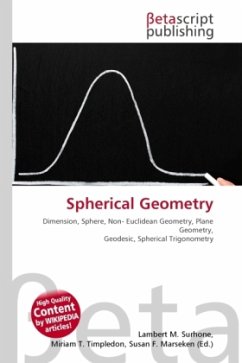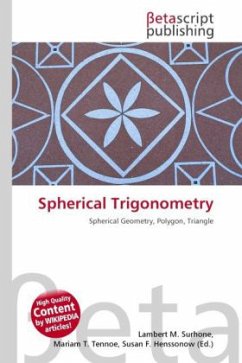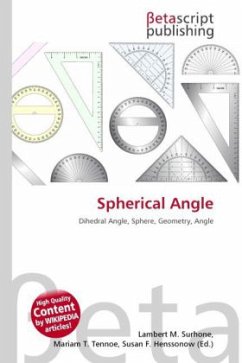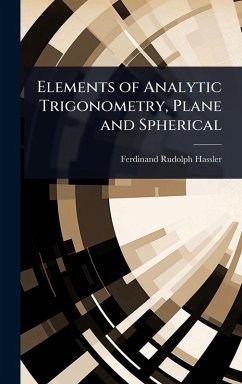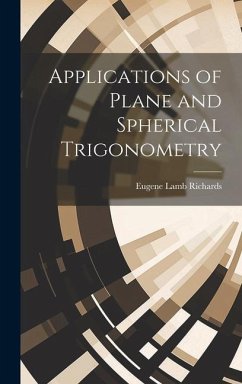
Spherical Pendulum
Versandkostenfrei!
Versandfertig in 6-10 Tagen
30,99 €
inkl. MwSt.

PAYBACK Punkte
15 °P sammeln!
High Quality Content by WIKIPEDIA articles! Spherical pendulum is a generalization of the pendulum. It consists of a mass moving without friction on a sphere. The only forces acting on the mass are the reaction from the sphere and gravity. It is convenient to use spherical coordinates and describe the position of the mass in terms of (r, , ), where r is fixed. The Lagrangian is L=frac{1}{2} mr^2left( dot{theta}^2+sin^2theta dot{phi}^2 right) + mgrcostheta. The Euler-Lagrange equations give frac{d}{dt} left(mr^2dot{theta} right) -mr^2sinthetacosthetadot{phi}^2+ mgrsintheta =0 and frac{d}{dt} le...
High Quality Content by WIKIPEDIA articles! Spherical pendulum is a generalization of the pendulum. It consists of a mass moving without friction on a sphere. The only forces acting on the mass are the reaction from the sphere and gravity. It is convenient to use spherical coordinates and describe the position of the mass in terms of (r, , ), where r is fixed. The Lagrangian is L=frac{1}{2} mr^2left( dot{theta}^2+sin^2theta dot{phi}^2 right) + mgrcostheta. The Euler-Lagrange equations give frac{d}{dt} left(mr^2dot{theta} right) -mr^2sinthetacosthetadot{phi}^2+ mgrsintheta =0 and frac{d}{dt} left( mr^2sin^2theta , dot{phi} right) =0 showing that angular momentum is conserved.





